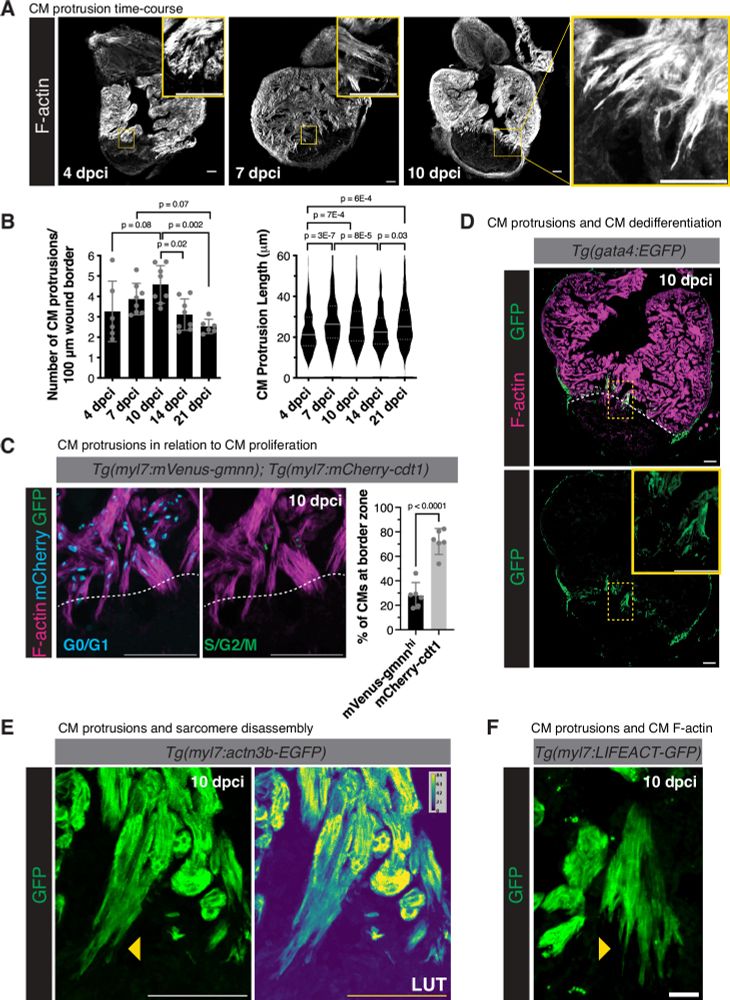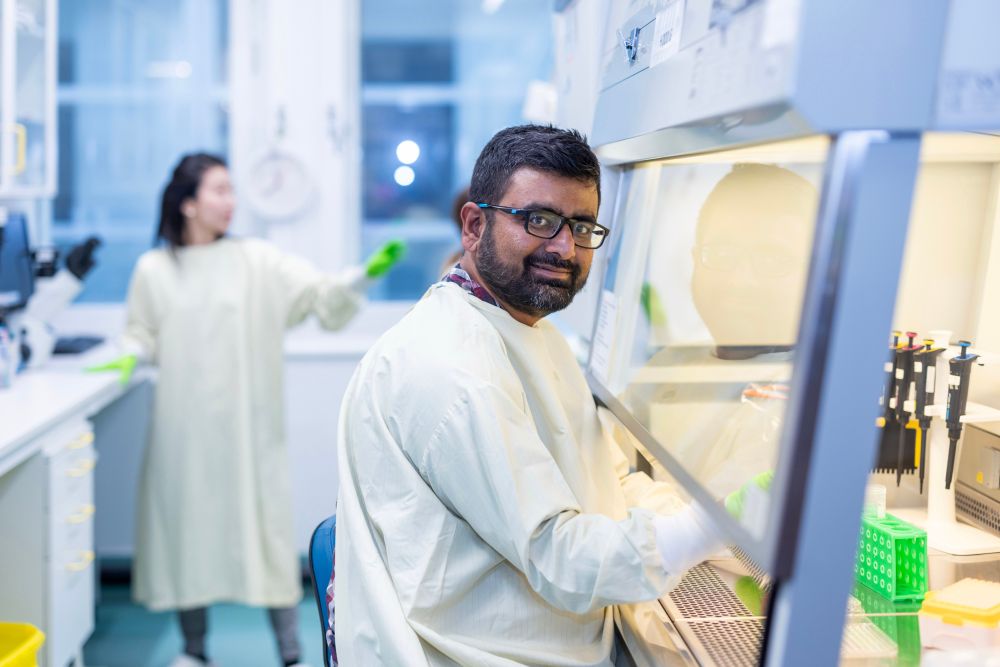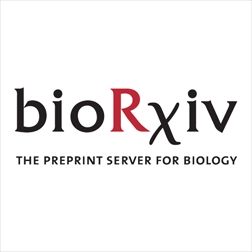

"From mutation to medication: Personalizing prostate cancer
treatment via targeting DNA repair pathways"
Venue: Georg-Speyer-Haus, Lecture Hall
Hosts: Anne Fassl & Henning Reis

"From mutation to medication: Personalizing prostate cancer
treatment via targeting DNA repair pathways"
Venue: Georg-Speyer-Haus, Lecture Hall
Hosts: Anne Fassl & Henning Reis
See more at www.bric.ku.dk
Please repost and get in touch if you are curious.

See more at www.bric.ku.dk
Please repost and get in touch if you are curious.
genesdev.cshlp.org/cgi/content/...
genesdev.cshlp.org/cgi/content/...

doi.org/10.1016/j.ce...
We developed a new method called MCC ultra, which allows 3D chromatin structure to be visualised with a 1 base pair pixel size.

doi.org/10.1016/j.ce...
We developed a new method called MCC ultra, which allows 3D chromatin structure to be visualised with a 1 base pair pixel size.
codon-biased genes in inter-chromosomal proximity. tROLs bridge the non-coding
and coding genomes. @sickkidsto.bsky.social @uoftpress.bsky.social

codon-biased genes in inter-chromosomal proximity. tROLs bridge the non-coding
and coding genomes. @sickkidsto.bsky.social @uoftpress.bsky.social


@aakaran31.bsky.social and @rivaselenarivas.bsky.social
link.springer.com/article/10.1...


Kuffer & Marzilli engineered conditionally stable MS2 & PP7 coat proteins (dMCP & dPCP) that degrade unless bound to RNA, enabling ultra–low-background, single-mRNA imaging in live cells.
🔗 www.nature.com/articles/s41...
🧬 www.addgene.org/John_Ngo/
Kuffer & Marzilli engineered conditionally stable MS2 & PP7 coat proteins (dMCP & dPCP) that degrade unless bound to RNA, enabling ultra–low-background, single-mRNA imaging in live cells.
🔗 www.nature.com/articles/s41...
🧬 www.addgene.org/John_Ngo/


www.biorxiv.org/content/10.1...

www.biorxiv.org/content/10.1...





ki.se/en/about-ki/...

ki.se/en/about-ki/...



